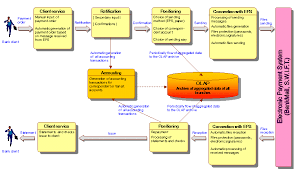

This 3rd installment in my "Accounting Basics" series will discuss the differences between Management Accounting and Financial Accounting.
The private accounting field can be further divided into two sub-categories depending on how the information generated by the accountant is used.
As its name implies, Management (or Managerial) Accounting provides that information which is used by managers within the company. The information provided can be as broad as long range financial projections or as detailed as analyzing cost variances (ie budget overages). Wikipedia defines management accounting as being " concerned with the provisions and use of accounting information to managers within organizations, to provide them with the basis in making informed business decisions that would allow them to be better equipped in their management and control functions."
While management accounting concerns the internal use of information, Financial Accounting concerns the external use of accounting information. Of course financial accounting concepts are used in management accounting. Financial accounting involves providing information which is useful to external users such as prospective buyers and investors, creditors, government agencies, etc. Financial Statements are the most provided piece of information. These include the Balance Sheet and Income Statement (to be explained in a future post). Wikipedia defines financial accounting as "the field of accountancy concerned with the preparation of financial statements for decision makers, such as stockholders, suppliers, banks, government agencies, owners, and other stakeholders. Financial accountancy is used to prepare accounting information for people outside the organization or not involved in the day to day running of the company."






